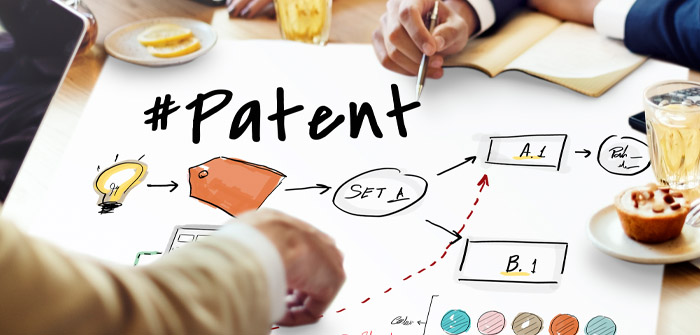There are quite a few different scenarios where you might think about patenting a product. Your entire business might be based around that product, for example.
On the other hand, an idea or product idea may stem from filling a need elsewhere in your business, and you might come up with something you think should be patented. For example, during a construction project, you might design a new custom hardware product, and decide to capitalize on your idea by selling it to others.
When you patent a product of any kind, it protects against copying. It also protects your ability to do business and remain competitive, and it can boost your market position if you develop a portfolio of patents. If your product becomes a commodity on a commercial level, you may be able to earn money from licensing fees when people use your idea or concept.
So what should you know about the general process for patenting a product?
Research
Before you file a patent application, you need to understand the costs and the pros and cons of doing so. Get an idea for the legal fees you can expect to pay, and the possible risks of obtaining a patent.
Once you have a general idea of these factors, you can explore the type of patent that’s right for you.
In the U.S., there are utility patents, which are focused on protecting functional features. For example, you might apply for this if you come up with something that makes a product better or faster. You can also file a design patent, and there are event plant patents for new varieties of plants.
You can do a novelty search to ensure your idea doesn’t already exist. It’s best to do this on your own before you consult with an attorney to save money.
Before you even start researching your product, you need to understand your invention fully. This sounds simple, but it’s one of the areas people spend the least time on, which can be problematic.
What is it about your invention that is new, and what makes it useful?
Is there a broader application for your invention or a different way to make it than what you’ve already done?
Know What You Can’t Patent
There are some things you can’t patent, and you may find after some research that applies to your invention.
An invention can’t be patented if it’s too abstract or if it’s a natural discovery. You also have to define your invention, including its potential scope.
Patents are required to meet a standard of being non-obvious and novel—which essentially means, entirely new.
File An Application
Once you’ve done some initial research, you can start preparing an application, with or without the help of an attorney.
There are different sections that you’ll need to complete in your application including a background of your invention, a brief summary, and drawings.
It may be best to have an attorney’s help as you complete the actual application.
When you’re drafting a patent application, the individual parts can be rejected on technical or formal grounds.
Before you begin drafting your application, you might need to build a prototype, depending on the nature of your invention.
Your prototype should be a working model. It’s important to make sure this is done before you start work on your actual application because this is what will let you get that true grasp and understanding of your product and its functionality that you’ll need to convey on your application.
You’ll probably need to hire an engineer or product designer to work with you on that.
If you work with a lawyer, they will probably advise you to file a provisional patent application to put notice of the date of your claim out there.
Provisional patents aren’t as expensive and complicated. You’ll just need to pay the filing fee and provide a detailed description of your invention, along with an informal drawing.
Rejections and Objections
You will probably get a rejection of your application, and that’s normal at first. Then, you file a response.
It’s only after you’ve gone through many hurdles that your patent may be granted, and then you have to pay an issue fee.
These steps are greatly simplified compared to the actual process of applying for a patent, which is why it’s a good idea to hire an attorney. It can be more costly on the front-end, but cheaper over time.





